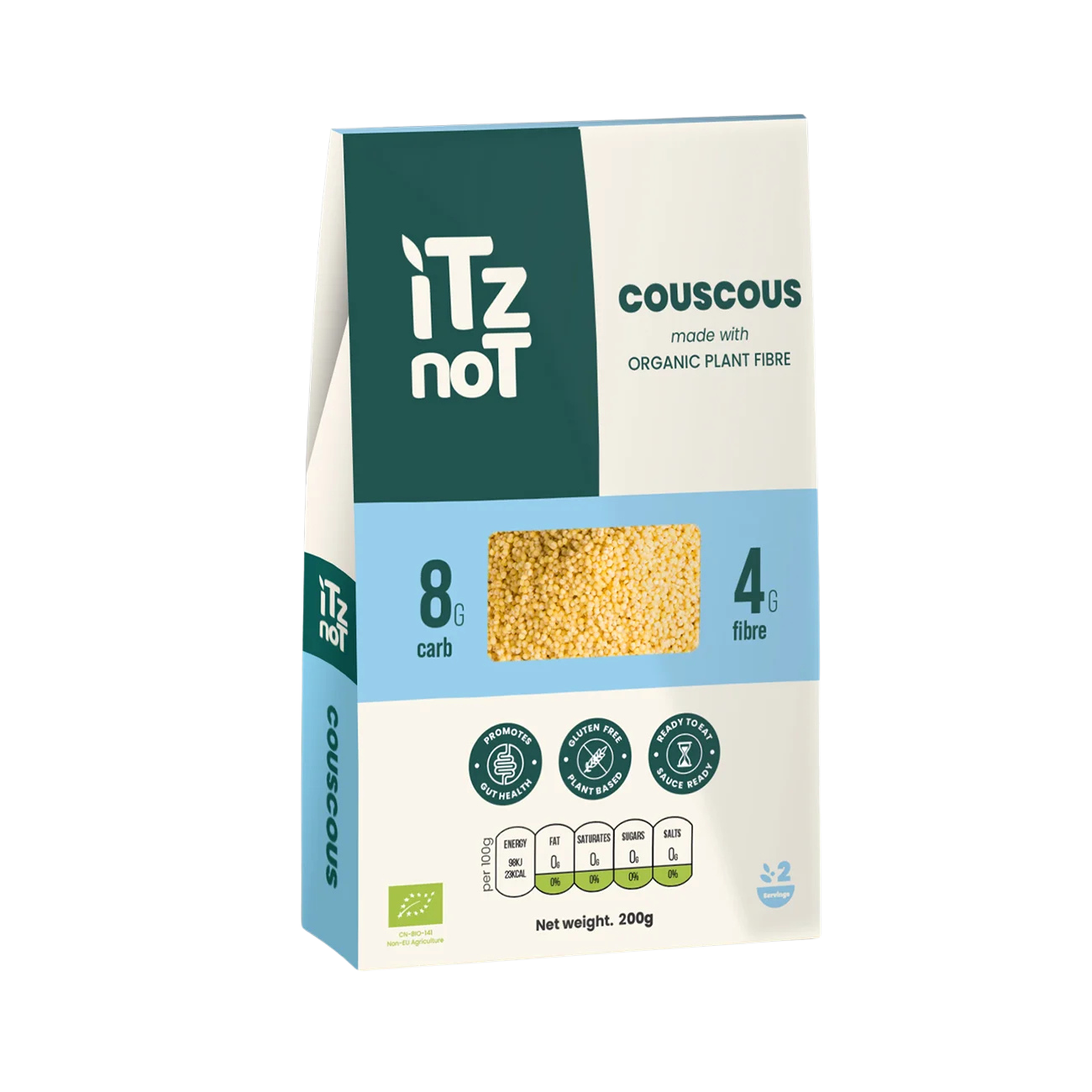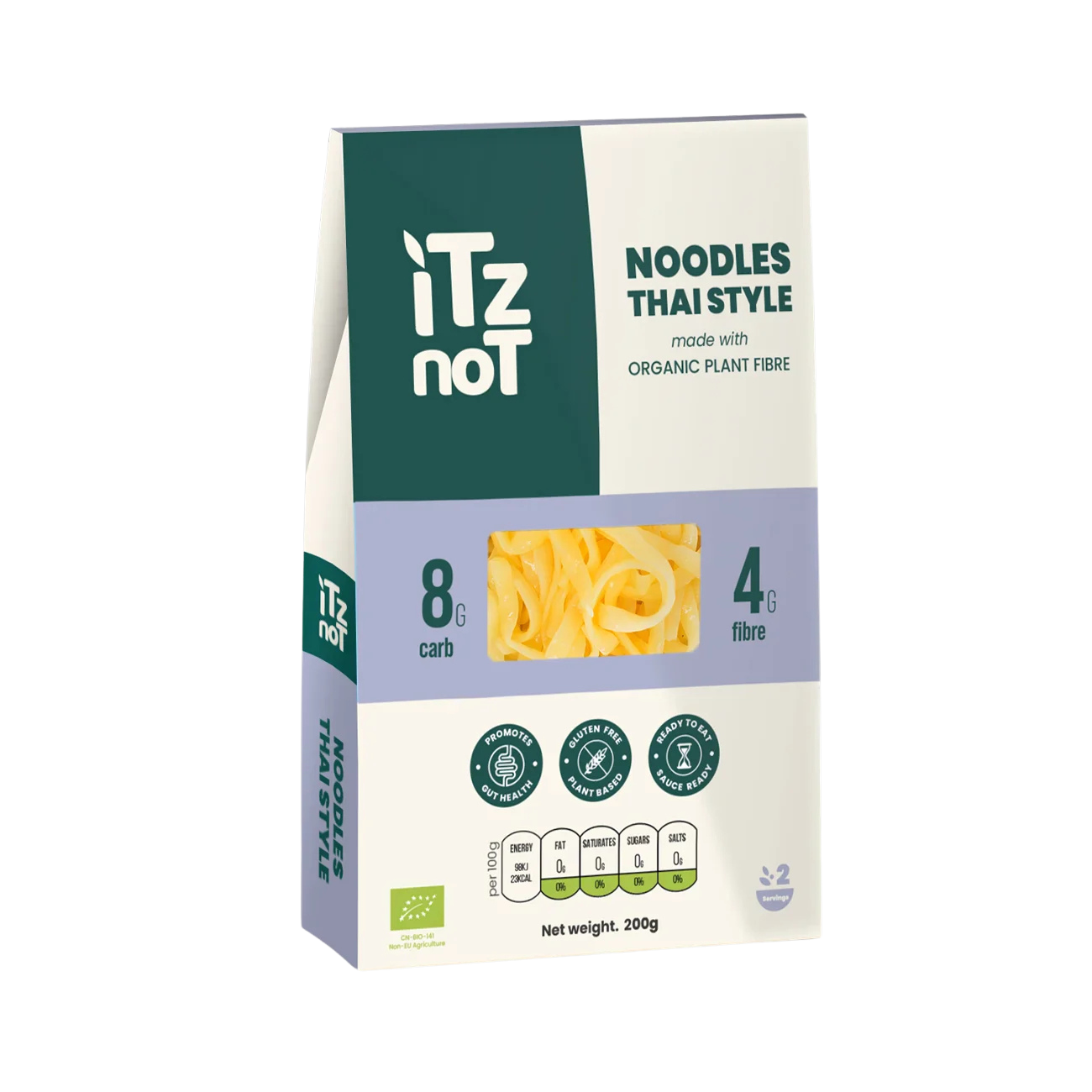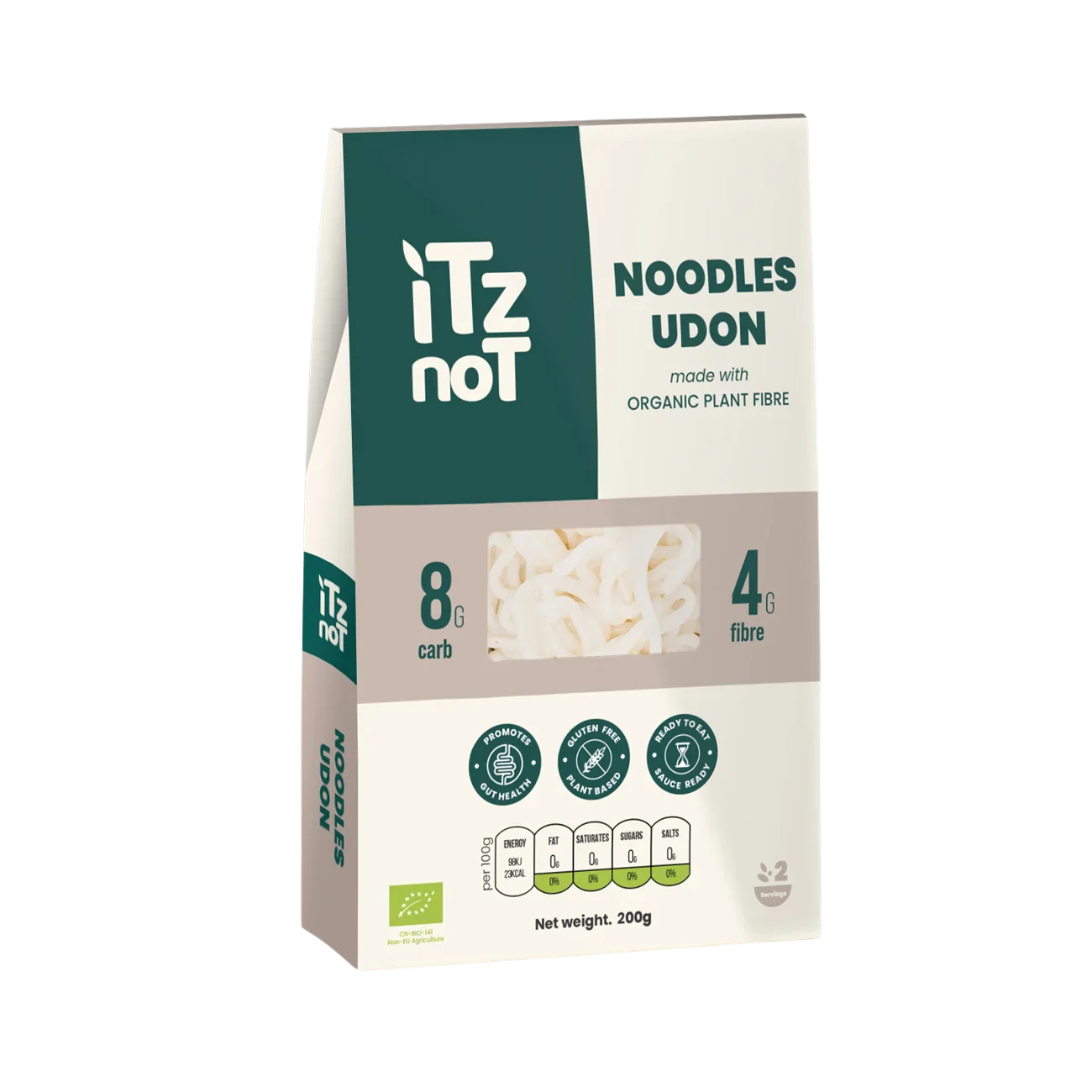
Burnout Recovery 101: Practical Steps to Rebuild Resilience After Mental Exhaustion

Burnout Recovery 101: Practical Steps to Rebuild Resilience After Mental Exhaustion
Understanding the Burnout Crisis
More than just tired, burnout is a state of emotional, physical and mental exhaustion brought on by prolonged or excessive stress. It is the feeling of constantly being drained, cynical and ineffective. When you crash into burnout, your body and brain are screaming in neon lights that the way things used to be is not possible. Recovery is not a slap-on bandage; it’s not a week at the spa; recovery is an organized and systematic journey of recognizing the damage abuse has done to you and systematically rebuilding resilience on every level.
Stage 1: The Minimum Stop and Stabilize 🛑
If you think you may be experiencing burnout, the first step is to halt the downward spiral. This will demand a level of honesty that is radical and often radical action. You have to immediately separate yourself from the primary stressor in your life, which is usually either your job or an intense relationship. That could mean taking a real leave of absence, says Aguinis, and not just a staycation where you’re still checking email. During this time, your sole job is to stabilize. No pressure to be industrious; just focus on taking care of yourself.
Stabilization is built on sleep. In cases of burnout, most often there is a pronounced disturbance in sleep patterns with high levels of night cortisol preventing restorative sleeping. Schedule a strict, restful bedtime routine. Next, focus on nourishment. Avoid those comfort foods, opt for nutrient-dense natural options. Avoid the temptation to counteract the fatigue with too much caffeine or alcohol, both of which extend the recovery cycle.
Stage 2: The Rundown Nervous System Heals
Once the crisis has passed, the work becomes about healing the over-activated system. The intention here is to consistently activate the parasympathetic nervous system (rest and digest). That means steering clear of high-intensity, high-adrenaline activities.
Employ some easy everyday movements in your life. It’s not the time for HIIT workouts. Instead, use slow nature walks, gentle restorative yoga or Tai Chi. These exercises relieve physical tension and do not initiate a spike in stress. Crucially, focus on conscious rest. This is distinct from passive relaxation (like scrolling on your phone). Conscious rest is where we are doing things like NSDR (Non-Sleep Deep Rest), often by way of guided meditations or body scans designed to put your brain into a recovery mode. Even daily doses as small as 15 minutes can help lower baseline levels of stress.
Next Phase 3. Rebuilding Sustainable Resilience
This last stage is about learning how to prevent future burnout. Recovery gets you to a fresh canvas; resilience building makes sure you don’t paint the same behaviors on it.
The secret to overall resiliency is learning how to regulate your emotional responses. And you have to trust your tools when you feel the stress mounting.’ Practice mindful pausing, which is generating a slight delay between an immediate stress trigger and your subsequent response. Employ basic breathwork, such as box breathing, to immediately control your heart rate variability.
Finally, most importantly, you need to audit your values and boundaries. What did you have to give up in favor of burnout? Time with family? Hobbies? Sleep? Harness your restored energy and take action in line with what you believe. This is where establishing and protecting your boundaries becomes imperative. The only way to protect your energy is by creating boundaries around what you do and don’t accept — making burnout a choice, not an inevitability. Burnout recovery is the highest form of self-care and self-compassion.





















































